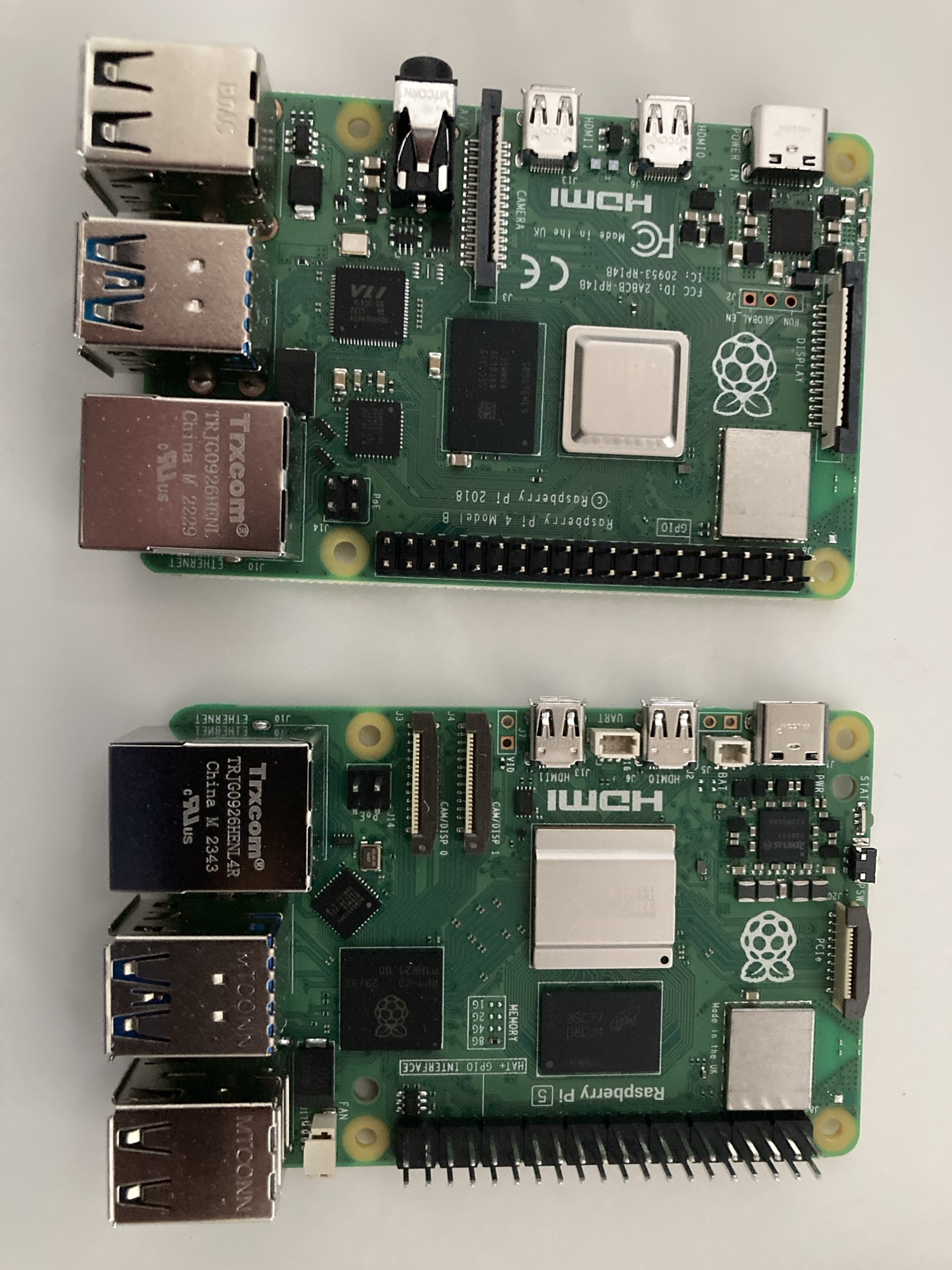Category: tech related
-

The Desire to Install Mix on a 2016 MBP
Reading Time: 2 minutesI have a Mac Book Pro that is dormant at the moment. I retired it because it became slow and unreliable. It’s a 2016 Mac Book Pro. This was never a great machine. I bought it cheaply because my good machine was stolen. I replaced the battery a few years ago and…
-

An Urban Walk to Silicon Chalet 38 – IA at Infomaniak
Reading Time: 2 minutesYesterday I went to Geneva early. In the process I dropped into the GoSocial Co-working event at Ruby Hotel, before then walking towards the Orthodox church in Geneva. The doors were open so I visited the building. It smelled of incense and someone was cleaning. Co-working There is a GoSocial group on…
-

The Absurdity of Whatsapp for Event Planning
Reading Time: 4 minutesYesterday it happened again on Whatsapp. Someone said ‘avoid having too much chatter on this group, there are hundreds of people. When I see such messages it frustrates me because at its core Whatsapp is designed for people to have conversations. The idea that we would join Whatsapp chats, to speak very…
-

Strava, Komoot, and the Activities of Others
Reading Time: 2 minutesThis year, as I walk and hike with others, and as their activities are shown along my own, in the list of participants, so I begin to follow people I know on Strava, Komoot and other social networks focused on sports. Notice how I didn’t call them social media. The reason for…
-

Reading Time: 2 minutesToday I drove to Geneva, with the intention of going to a coworking event. In the end I skipped it. Usually when I plan to participate in something like this I go at the start time, rather than at some point during the day. I broke with my routine so I was…
-

Expired Tailscale Device Keys
—
by
Reading Time: < 1 minuteYesterday I found myself accessing Audiobookshelf on one of my Pi devices in the morning and it timed out in the morning. As I am travelling this situation is not ideal as I had to find a way to recover access. I checked the tailscale device list and could see that…
-

Nextcloud Via Infomaniak Hosting
—
by
Reading Time: 2 minutesFor a few days I was playing with Day One, the note taking app, after years without touching it and I was playing with the idea of paying for the app. The cost is 38 CHF per year. It used to be cheaper. I think it was around 23-28 CHF rather than…
-

The Long Drive
—
by
Reading Time: 2 minutesIt’s funny. It is a drive that I have done plenty of times. Tomorrow I will do the usual twelve hour drive from Switzerland to around Alicante, and I will do so with minimal stops. In essence the drive is easy. I take the motorway from Nyon all the way to Ondara,…
-

EV Charging around Signy and Nyon
—
by
Reading Time: 2 minutesYesterday morning I plugged the car in to charge at Signy Centre while shopping and for the price of a coffee I charged the car by ten percent. I then went to the lakeside of Nyon to test the Service Industriel de Nyon (SIN) chargers and failed. They were out of service…
-

Goodreads Et Al
—
by
Reading Time: 2 minutesRecently people wanted to move from Goodreads to open alternatives to move away from the grasp of Amazon. I wanted to do the same so I moved to two or three apps and used them for a while. I stopped using them for one simple reason. They don’t have an extensive library…